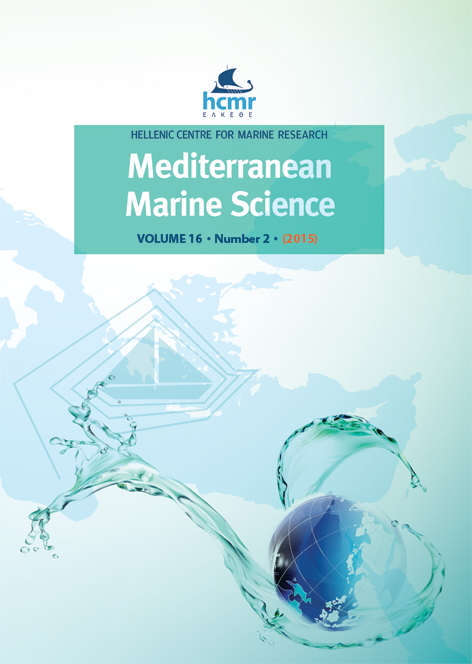Spreading factors of a globally invading coastal copepod
Résumé
The Mediterranean Sea is one of the areas most affected by alien invasions, which are continuously increasing also due to intense human activities and environmental changes that favor the introduction of species previously unable to colonize the basin. This is the case of the copepods of the genus Pseudodiaptomus, first described in the Indian Ocean and considered one of the most resistant to unfavorable conditions but never recorded in the Mediterranean until 2011 though present in adjacent seas. Pseudodiaptomus marinus, in particular, is common in shallow marine-brackish waters and is one of the species often found in ballast waters and in aquaculture plants. Native of Japan, it has started spreading since 1950s and its populations have established in several harbours, eutrophic inlets and lagoons along the coasts of the Pacific and Indian Oceans. In the last few years, P. marinus has been increasingly reported in European Seas (Mediterranean Sea and North Sea). In this paper, we review the invasion history of this species with a special emphasis on its records in the Mediterranean Sea, and its occurrence and establishment in Sicilian waters. We also compare the biological traits and population dynamics of P. marinus with those of other representative of the genus and discuss about the possible mechanisms of introduction in new environments. Aim of our work is to understand the reasons of successful invasion of P. marinus and the environmental and biological factors that may lead to its further biogeographic expansion.
Article Details
- Comment citer
-
SABIA, L., ZAGAMI, G., MAZZOCCHI, M. G., ZAMBIANCHI, E., & UTTIERI, M. (2015). Spreading factors of a globally invading coastal copepod. Mediterranean Marine Science, 16(2), 460–471. https://doi.org/10.12681/mms.1154
- Numéro
- Vol. 16 No 2 (2015)
- Rubrique
- Review Article
Authors who publish with this journal agree to the following terms:
- Authors retain copyright and grant the journal right of first publication with the work simultaneously licensed under a Creative Commons Attribution Non-Commercial License that allows others to share the work with an acknowledgement of the work's authorship and initial publication in this journal.
- Authors are able to enter into separate, additional contractual arrangements for the non-exclusive distribution of the journal's published version of the work (e.g. post it to an institutional repository or publish it in a book), with an acknowledgement of its initial publication in this journal.
- Authors are permitted and encouraged to post their work online (preferably in institutional repositories or on their website) prior to and during the submission process, as it can lead to productive exchanges, as well as earlier and greater citation of published work (See The Effect of Open Access).





